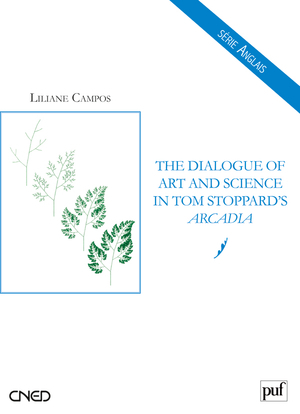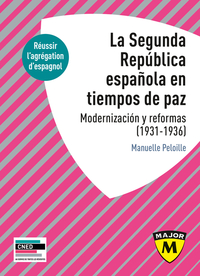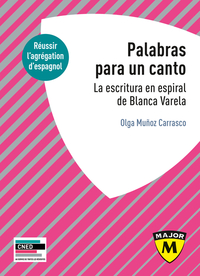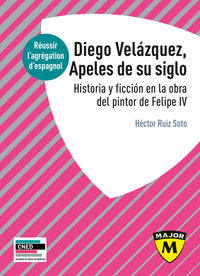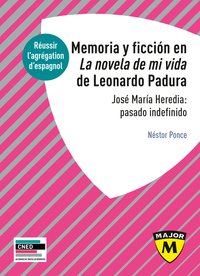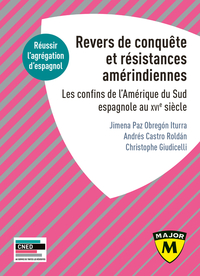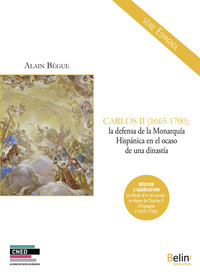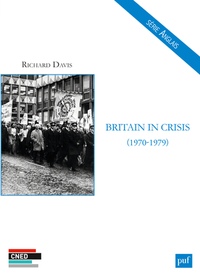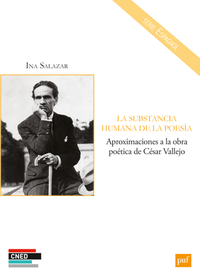Nous utilisons des cookies pour améliorer votre expérience. Pour nous conformer à la nouvelle directive sur la vie privée, nous devons demander votre consentement à l’utilisation de ces cookies. En savoir plus.
The Dialogue of Art and Science in Tom Stoppard's Arcadia
PUF - EAN : 9782130591900
Édition papier
EAN : 9782130591900
Paru le : 15 oct. 2011
19,00 €
18,01 €
Disponible
Pour connaître votre prix et commander, identifiez-vous
Notre engagement qualité
-
 Livraison gratuite
Livraison gratuite
en France sans minimum
de commande -
 Manquants maintenus
Manquants maintenus
en commande
automatiquement -
 Un interlocuteur
Un interlocuteur
unique pour toutes
vos commandes -
 Toutes les licences
Toutes les licences
numériques du marché
au tarif éditeur -
 Assistance téléphonique
Assistance téléphonique
personalisée sur le
numérique -
 Service client
Service client
Du Lundi au vendredi
de 9h à 18h
- EAN13 : 9782130591900
- Réf. éditeur : 287453
- Collection : CNED
- Editeur : PUF
- Date Parution : 15 oct. 2011
- Disponibilite : Disponible
- Barème de remise : NS
- Nombre de pages : 192
- Format : H:200 mm L:145 mm E:16 mm
- Poids : 235gr
- Résumé : In a country house in Derbyshire in 1809, thirteen-year-old Thomasina Coverly decides to invent a new Geometry of Irregular Forms. Her mathematical discoveries are in advance of her time, but they match the transformations of Sidley Park, in which the Arcadian landscape of the 18th century is giving way to Romantic disorder. They also echo the irregular, unpredictable nature of sexual attraction which she observes around her, and the resulting sentimental imbroglio that Hannah Jarvis and Bernard Nightingale will attempt to unravel 180 years later. In the comical entanglements that ensue, art and science engage in a witty dramatic dialogue, and sex is always part of the equation. Tom Stoppard's Arcadia plays with the traditional divisions between Classicism and Romanticism, art and science, order and disorder. This book focuses on close readings of the text, and will provide students with the necessary historical, critical and theoretical background to discuss these tensions and their relation to the key themes of time, desire and loss.

